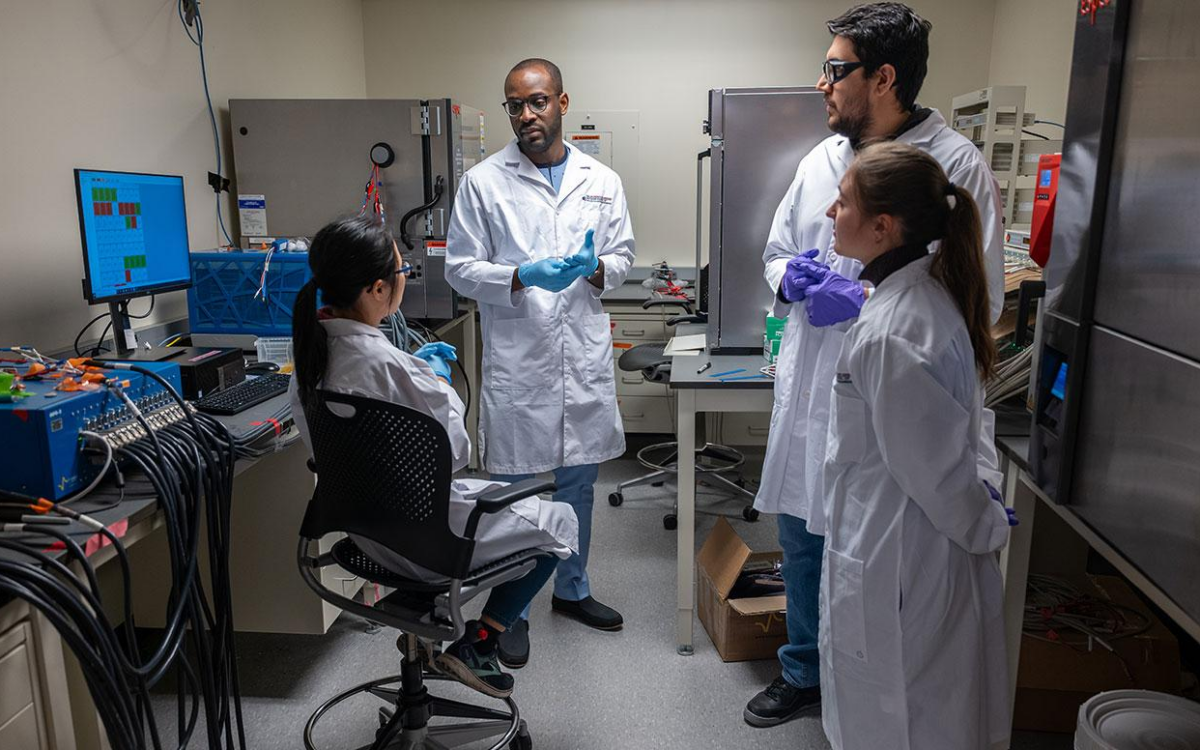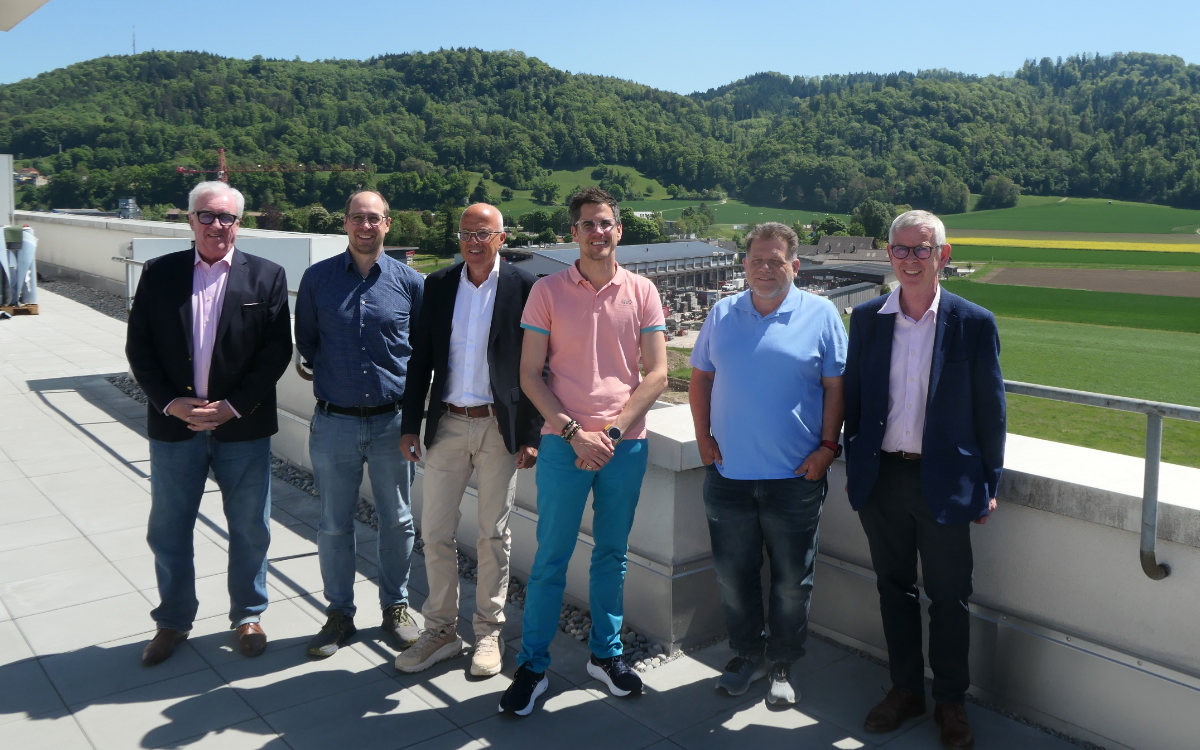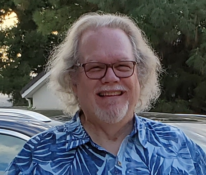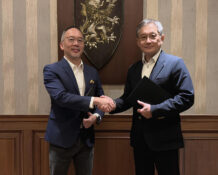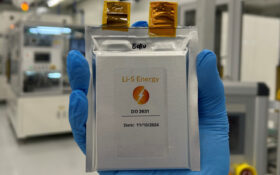Scientists at Chicago University have started designing PFAS-free alternatives for next generation batteries. “To address our need for electric vehicles and energy storage, we are coming up with more environmental challenges,” said Chibueze Amanchukwu, Neubauer Family Assistant Professor of Molecular Engineering in the UChicago Pritzker School of Molecular Engineering.
The stable chemical compounds named PFAS (Per- and Polyfluoroalkyl Substances) are synthetised for many purposes, e.g. fire extinguishers or for manufacturing components in batteries. Some PFAS have been linked to developmental delays in children, decreased fertility, increased cancer risk and lessened immune response. PFAS have been found in water, air, fish, and soil – and in the blood of people and animals.
In two recent papers, the scientific team describes two new families of PFAS-free solvents. The goal is to get ahead of PFAS pollution, giving future researchers a safe but powerful suitcase of chemicals to explore when designing batteries.”
The problem is not the comparatively small amounts of PFAS used as a binder in the cathode or fluorinated solvents in the electrolyte. The big challenge is the future battery chemistry. The nonfluorinated lithium metal battery designs showed more ion pairing and better capacity retention, with some of their new family of materials also showing more oxidative stability.
The lithium-ion designs, meanwhile, showed longer cycle life and better rate capability over commercially available batteries. They showed stable cycling at temperatures from 60 to negative 40 degrees Celsius.
“We are demanding more batteries with low and high-temperature performance and fast charging. We want lithium metal batteries,” Amanchukwu said. “What the scientific literature is doing now is to say, ‘Oh, let’s add more fluorinated components into the electrolyte.’ Almost all of those will be considered PFAS. We realized there’s no fundamental requirement of having PFAS to make the battery work.”
PFAS-free battery products are being developed at the university of Chicago.

